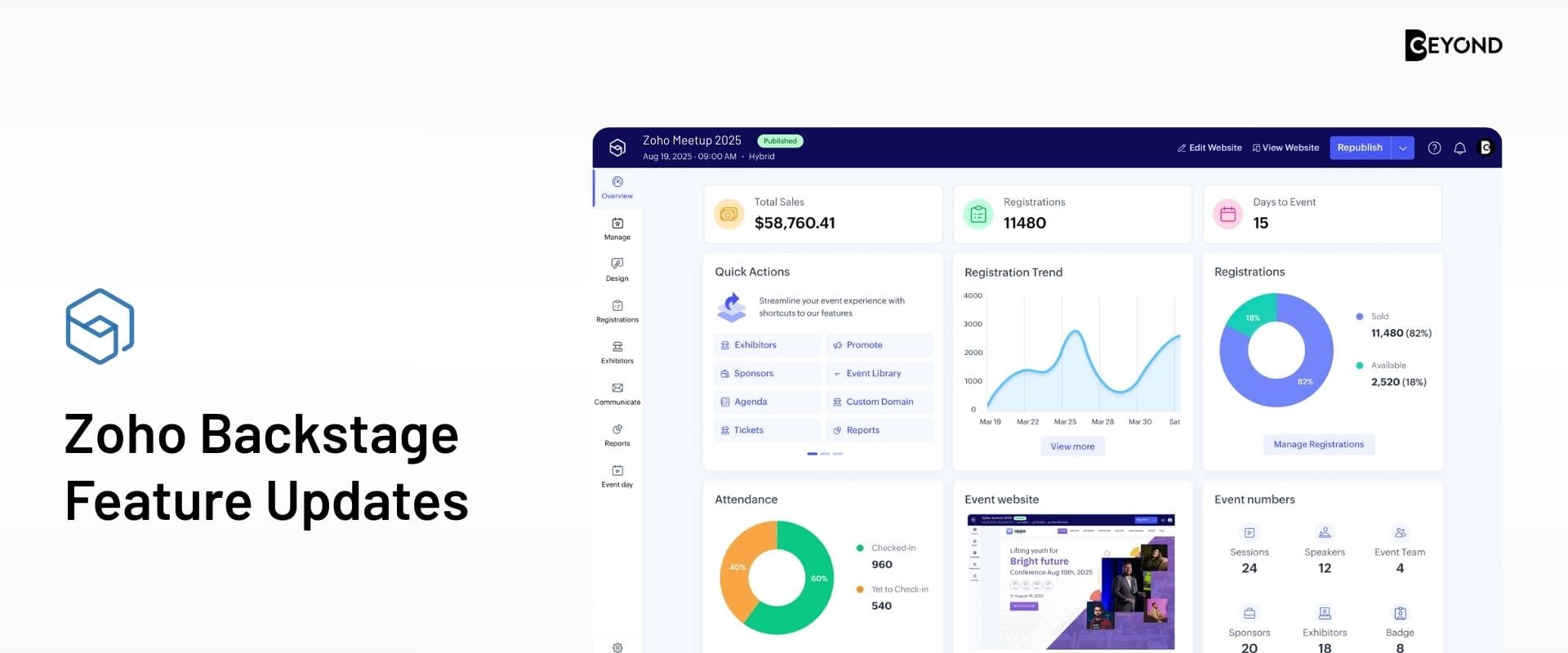Digital solutions are fundamentally transforming customer experience, with self-service options, omnichannel presence, and AI implementations leading the way.
The past few years have made the digital customer experience (DCX) more important than ever. Many people have shifted work, education, and social interactions online, with consumers and businesses alike discovering that tasks previously handled face-to-face can be accomplished much more easily and cost-effectively over the internet. These new digital habits will be an indispensable part of the future.
Rising Demand and Changing Expectations
In 2020, online sales reached $791 billion, a 32% increase from $598 billion in 2019. Streaming entertainment has become so widespread that film studios are changing their distribution channels to enable at-home viewing. In the U.S., “BOPIS” (Buy Online, Pick Up In-Store) has been almost entirely replaced by contactless pickup.
In short, consumers are demanding simpler, more convenient, and on-demand services, whether in online banking or customer support. Those who meet today’s customer demands are creating seamless, personalized, and fast experiences that boost revenue and reduce costs.
Mobile, social media, and the Internet of Things have transformed how people interact with the world. The digital revolution has brought services, products, and experiences within reach, and if brands fail to meet expectations, consumers are more than willing to walk away.
So, what are companies doing to meet these expectations? They are creating more ways to interact with customers, offering more self-service options, and using AI to craft personalized customer journeys.
Customers are everywhere. You should be too.
On average, customers use ten channels to interact with companies. Unfortunately, only 9% of marketers feel capable of running campaigns across multiple channels, leading to many missed communication opportunities.
Optimizing the digital customer experience can pay significant dividends. Users expect a consistent and seamless experience, no matter how they choose to engage. Investing time in these efforts is worthwhile: for every additional channel a customer uses, they spend up to 10% more and have a higher lifetime value. Moreover, omnichannel companies see nearly three times higher customer retention compared to companies without a strong omnichannel presence.

Self-Service as the First Choice
Customers are increasingly turning to self-service options as their first stop for help. From scheduling appointments to grocery shopping, people choose self-service as a faster and more convenient way to handle basic tasks, and companies are responding to this trend.
Offering self-service options to your customers can bring long-term savings. Knowledge bases and FAQs that cover the main user issues enable the quickest and most common problems to be resolved without human intervention. Customer education or certification programs empower your users to solve their own problems.
AI: 24/7 Service Without 24/7 Staff
In the past, a 24-hour response time for sales or support inquiries was considered acceptable. Now, the expectation is to receive answers within hours or even minutes. AI is one way companies are meeting this demand, providing customers with fast and effective assistance while saving billions of hours and trillions of dollars.
AI also offers numerous opportunities for agents: it can generate highly specific customer profiles using data from across the web; it enhances personalization in everything from hyper-targeted marketing campaigns to purchase recommendations; it can perform sentiment analysis, allowing agents to understand how their customers feel even before making a call. The result is a deeper, more contextualized view of the customer, enabling agents to forge better connections.
A good DCX essentially reduces obstacles and friction for your visitors. It’s about establishing processes and communication channels that meet people where they are and equipping your staff with the information they need to perform at their best. Digitalization enhances every aspect of the customer experience. Are you taking full advantage of it?
Conclusion
In conclusion, digital customer experience (DCX) plays a key role in the modern business environment. In recent years, consumer habits and business demands have significantly changed due to digitalization. DCX has become a crucial competitive factor that can determine the success or failure of a company.
The rising demand for convenient, personalized, and instant services has pushed companies to adopt innovative approaches like self-service options, omnichannel presence, and Artificial Intelligence. Customers expect consistent and seamless experiences, no matter which channel they choose to interact with a company. Businesses that meet these expectations benefit from higher revenues, lower costs, and increased customer satisfaction.
Self-service options enable customers to resolve their issues independently, offering long-term cost savings. Customer training and certification programs enhance brand loyalty and empower customers with problem-solving tools. Artificial Intelligence facilitates efficient, 24/7 customer service.
To succeed, companies must establish processes and communication channels that meet customers where they are. Digitalization presents immense opportunities that must be harnessed to optimize the customer experience and enhance customer loyalty. Companies that proactively embrace this transformation will achieve long-term success and solidify their position in an increasingly digital market.
Zoho with CEYOND
As your leading Zoho partner from Austria, we combine technology and expertise to create seamless, automated processes. Explore the world of digitalization with us!
Digitize your company's business units with Zoho and establish a central customer experience platform to replace the usual software mix.










